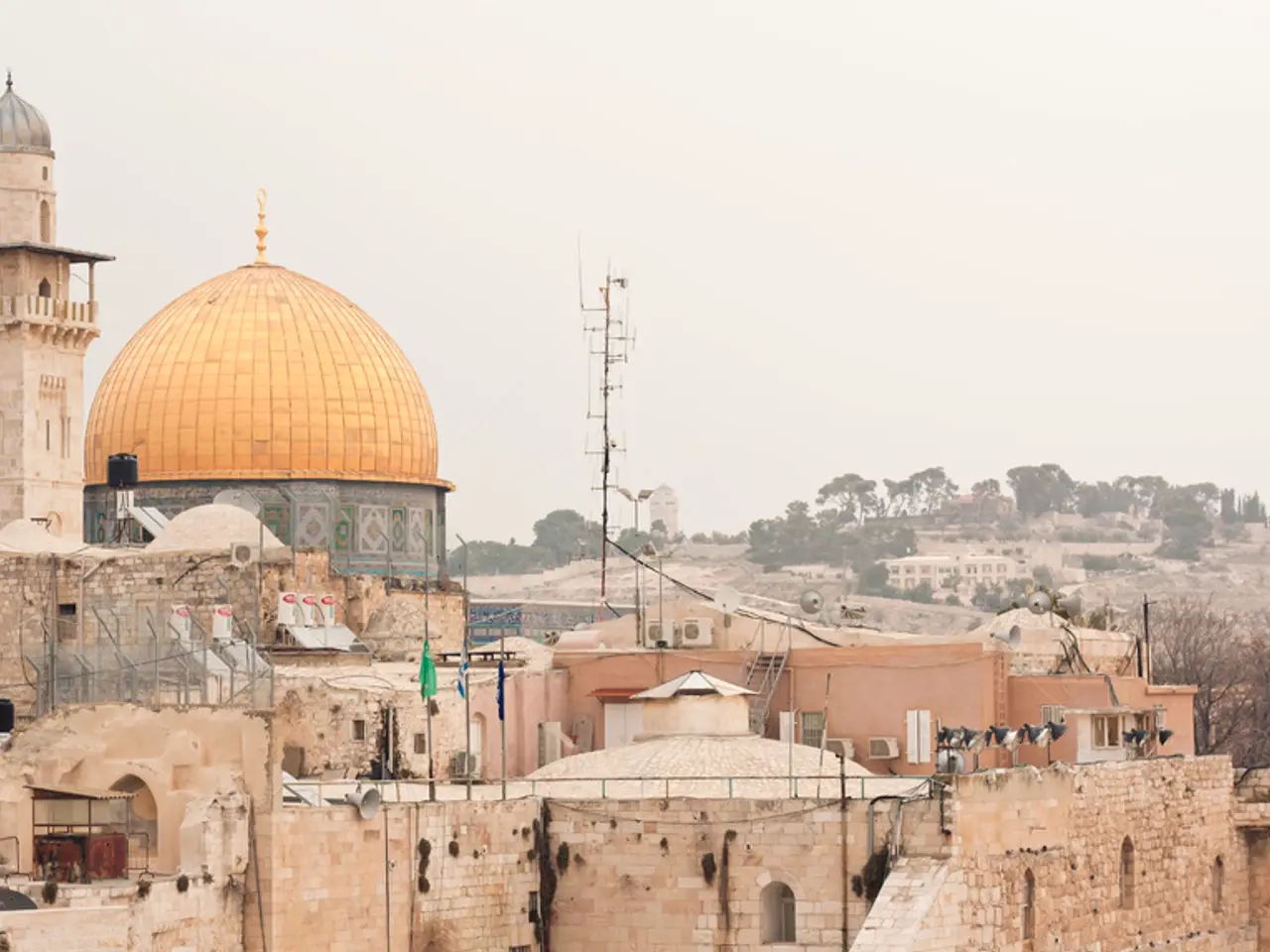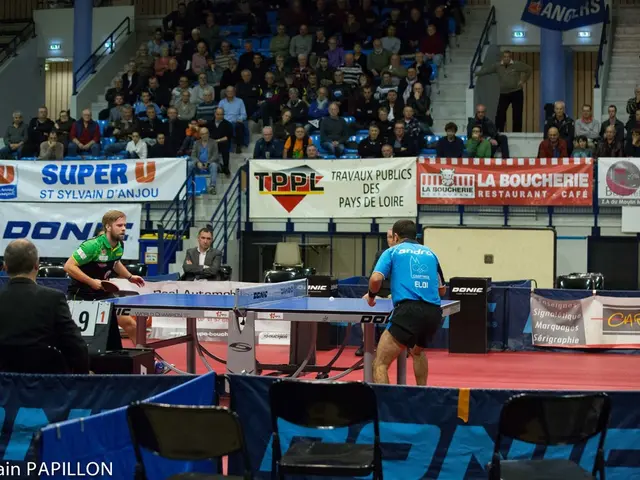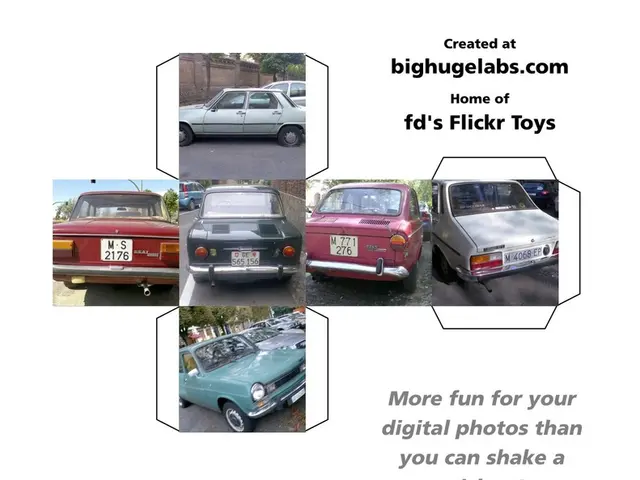Creating fire-resistant facade solutions utilizing Leviat's Ancon masonry support systems
Leviat, a leading manufacturer in architectural metalwork and engineered solutions, has developed a comprehensive approach to address the complex challenge of integrating masonry support systems with cavity fire barriers in higher-risk buildings. This innovative solution ensures a compliant, coordinated facade that meets today's regulatory demands, while maintaining flexibility in specification.
The collaboration between Leviat and Siderise, a renowned cavity barrier manufacturer, aimed to avoid unnecessary bracket penetration into the fire zone. Leviat’s Masonry Support Systems are designed to integrate effectively with Cavity Fire Barriers, offering fire-safe façade interfaces that ensure compliance with fire safety regulations.
The integration helps manage fire risk at the building envelope, providing passive fire protection that prevents fire spread through cavities between masonry and structural supports. Specifically, Leviat’s Ancon masonry support systems are engineered to work with cavity fire barriers to create fire-resilient façade interfaces. These systems accommodate the movement and fixing requirements of masonry cladding while ensuring that cavity fire barriers can be correctly positioned and continuous.
This design synergy ensures the assemblies meet safety standards such as those related to compartmentalization and fire integrity without compromising on installation flexibility or structural performance. The approach enables architects and specifiers to maintain design freedom and adapt to project-specific needs while ensuring the building's fire safety compliance is uncompromised.
Leviat’s systems balance robust fire protection with practical installation and material specification adaptability, vital in complex façade construction and refurbishment projects in higher-risk environments. The solution involved refining bracket geometry, conducting test-based reviews, and providing clear installation guidance. The guidance includes physical fire testing, third-party certification, and fields of application reports.
The interface between masonry support systems and cavity fire barriers is a complex area of concern. However, Leviat tailors its detailing to suit both the specific project and the chosen fire protection system, supporting multiple manufacturers. The Bermondsey Heights project, a 26-storey residential development in Southwark, delivered by Barratt London, demonstrates Leviat's comprehensive guidance and CPD content in partnership with fire protection manufacturers.
The Building Safety Act and Gateway 2 approval process are driving higher standards in the construction industry. The result of the collaboration was a compliant, well-considered solution that reflects the principles now embedded in Gateway 2 requirements. Leviat works early in the design stage to agree on workable solutions for these situations, equipping design teams with the confidence to make informed, compliant, and cost-effective decisions.
In summary, Leviat masonry support systems integrate with cavity fire barriers to ensure a continuous, fire-safe envelope. The combination maintains compliance with building fire safety regulations in higher-risk buildings. Flexibility in specification is preserved to accommodate various design and structural requirements. This integration supports passive fire protection strategies essential for limiting fire spread in building cavities.
Technology plays a crucial role in this collaboration, as Leviat and Siderise leveraged advanced engineering solutions to design and refine their masonry support systems and cavity fire barriers to integrate effectively. This technology-driven approach ensures the creation of fire-safe façade interfaces that meet today's regulatory demands, while also maintaining flexibility in specification for diverse design and structural requirements.



